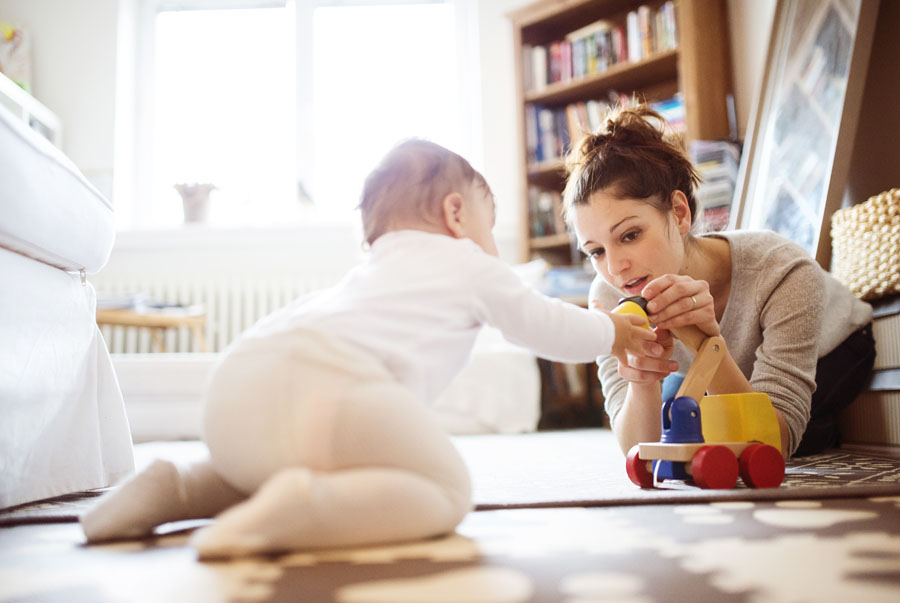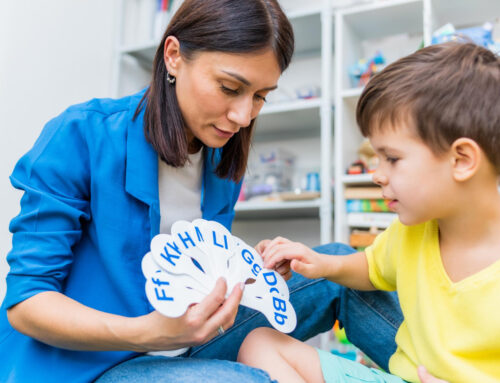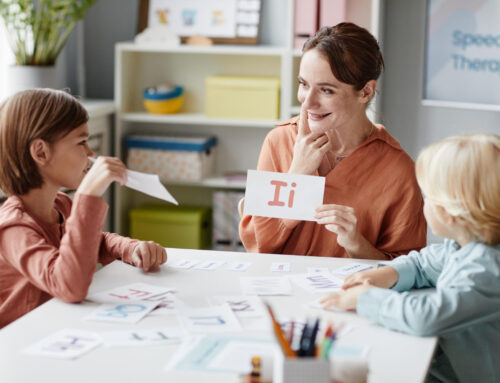
Parents work so hard bringing their children in to the world. From attending every prenatal appointment, fretting over the best vitamins, and researching the best gear—being a parent brings upon a world of wondering if a child is safe, healthy, and developing appropriately. Many first time parents are often concerned about their child’s motor development and whether they are hitting appropriate milestones. Parents with older children frequently compare babies to their older siblings and find themselves worried if their baby does not hit milestones at or before their siblings. Use this guide adapted from the CDC Milestone Moments to see if your child’s motor development is on track, and what you can do to help develop your child’s motor skills.
0-6 Months
The importance of tummy time begins early—as soon as you bring your baby home! It is recommended that all infants be placed to sleep on their backs and babies do a lot of sleeping. Therefore, when your baby is awake, it is critical to their developing bones and muscles to be placed on their bellies, supervised, a few times each day, even if only for 2-3 minutes. At approximately two months of age, your baby should be able to bring its hands to the mouth and push its head up when placed on its belly. By four months old, your baby should be able to hold its head steady when the trunk is supported and push down with its legs when the feet are on a hard surface.
Around 5-6 months, a baby will be able to roll over—often times in both directions. Your baby should be able to roll over in at least one direction by the time it is six months old as well as reach for objects. Tummy time is again critical for developing the skill of rolling over. To facilitate reaching by your infant, use toys that make interesting noises to catch your baby’s attention. Most babies can supported sit around six months old and some are even able to sit independently. Do not worry if your baby cannot sit without support yet—that skill is often not developed until about 9 months.
6-9 Months
Between six and nine months, things really start to get interesting as your baby becomes mobile! Most babies begin to scoot or crawl, some even pulling up to stand and transferring themselves from laying down to sitting all on their own. One way to help your baby achieve these milestones is giving them plenty of supervised floor play time to explore and build those muscles. If by nine months, your baby does not bear weight on its legs, transfer objects between its hands, or sit supported, then it is important to bring these concerns up with your physician.
During this time is also when most babies begin to exhibit the “pincer” grasp, which is picking up small objects between the thumb and index finger and putting everything in their mouth! Now is a great time to introduce small, dissolvable yogurts or puffs designed for babies to work on this important fine motor milestone.
12 Months
By 12 months, your child should be crawling, cruising, and maybe even standing and walking. If your child is not crawling or standing with support, make sure to discuss with your child’s doctor. Around the first birthday, a lot of parents get antsy that their child is not walking yet. It is completely normal for children to not take their first steps until 14 or even 16 months of age. Using a push toy is a great tool to help your child get ready to take those first steps. There is a lot to think about when it comes to your child’s first year of life! If you have concerns about your baby’s motor development, speak with your physician and ask if physical or occupational therapy are appropriate for helping your child meet their developmental milestones.





